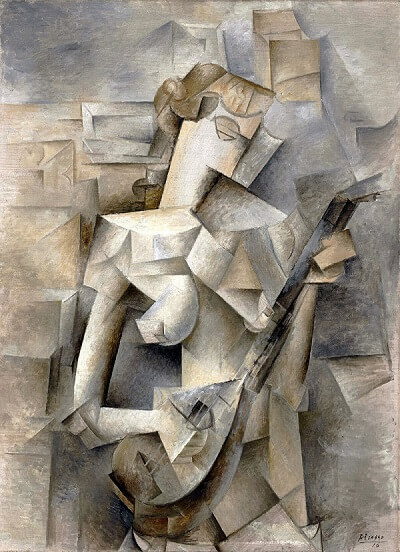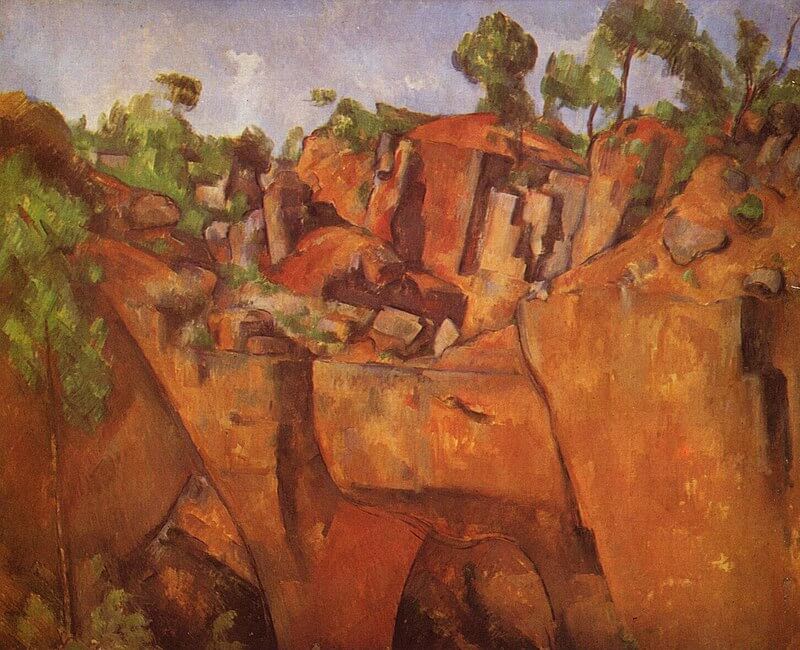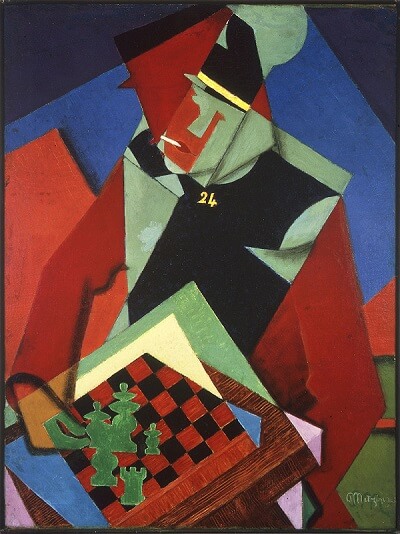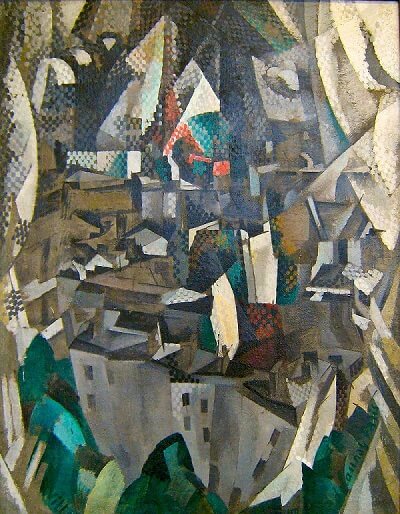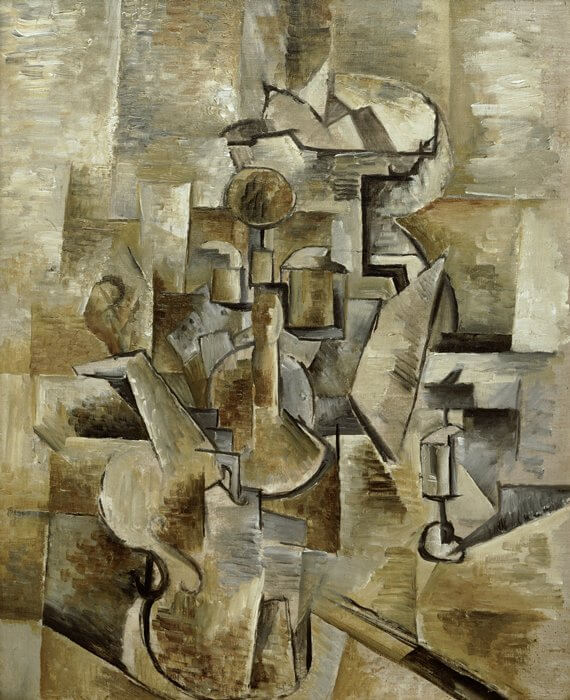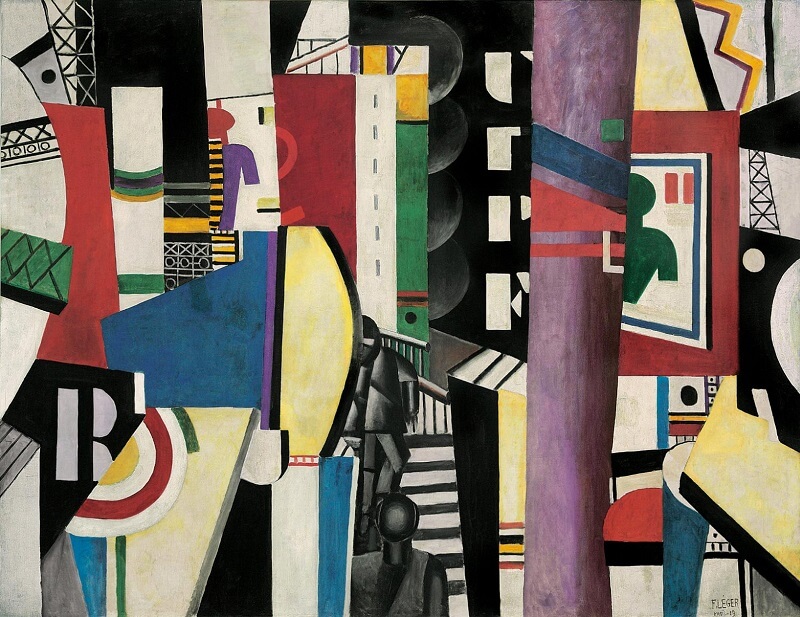Activity 1: Can You Find It?
Find the following in the artwork:
- Road
- Bridge
- Stairs
- People
- Buildings
- Street Signs
- Scaffoldings
Activity 2: Narrate the Artwork
- After studying the artwork, narrate the scene shown aloud using your own words.
Activity 3: Map the Artwork
- Fernand Léger was born in France.
- Find France on the map of the world.
Activity 4: Classify the Artwork
- This artwork belongs to the cubism art movement.
- Find cubism on the timeline.
- During which approximate years did cubism flourish?
- Which art movement followed cubism?
Activity 5: Recreate/Color the Artwork

- Click the crayon above and complete page 18 of 'Fifth Grade Art History Coloring Book.'
